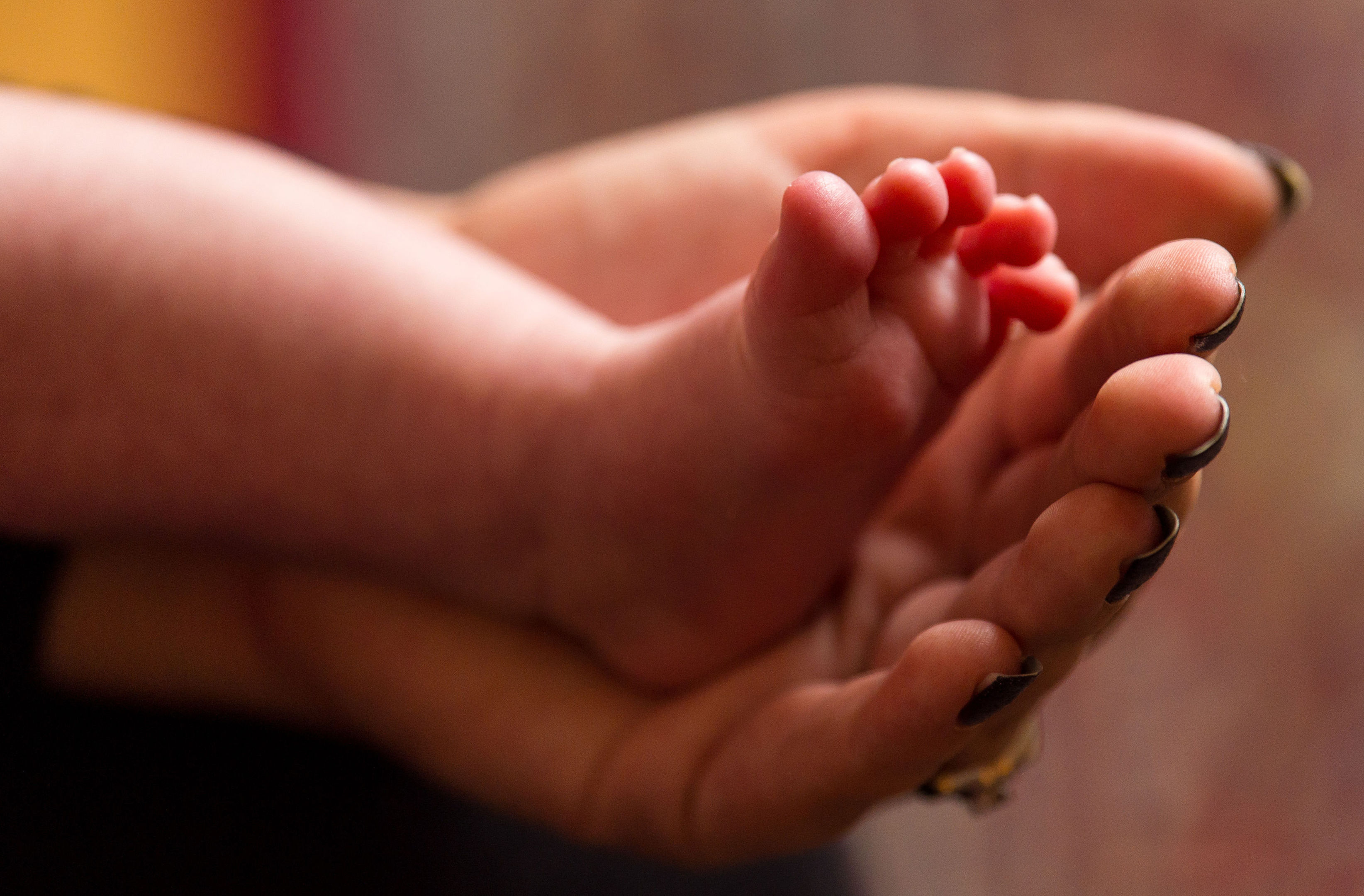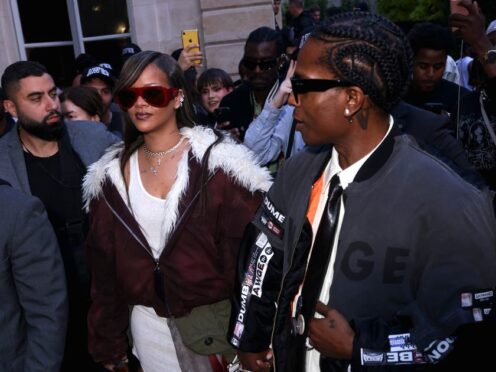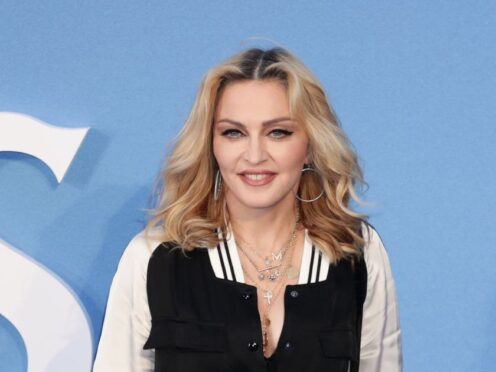Big eyes, chubby cheeks and bubbling laughter are all part of a “cuteness” ploy babies adopt in order to be better looked after, say scientists.
The characteristics that make an infant cute evolved in order to trigger care-giving and aid survival, according to Oxford University researchers.
Similar traits in cuddly and cute animals evoke the same kind of response.
A review of the latest studies on the way cuteness affects the brain highlights the role of neural networks involved in care-giving.
The evidence suggests that cuteness consists of more than visual features and also incorporates sounds and smells.
Professor Morten Kringelbach, Oxford University’s Department of Psychiatry, who led the review, said: “Infants attract us through all our senses, which helps make cuteness one of the most basic and powerful forces shaping our behaviour.
“This is the first evidence of its kind to show that cuteness helps infants to survive by eliciting care-giving, which cannot be reduced to simple, instinctual behaviours. Instead, care-giving involves a complex choreography of slow, careful, deliberate, and long-lasting prosocial behaviours, which ignite fundamental brain pleasure systems that are also engaged when eating food or listening to music, and always involve pleasant experiences.”
Cuteness affects both men and women, including those without children, said the researchers writing in the journal Trends in Cognitive Sciences.
“This might be a fundamental response present in everyone, regardless of parental status or gender, and we are currently conducting the first long-term study of what happens to brain responses when we become parents,” said Prof Kringelbach.










